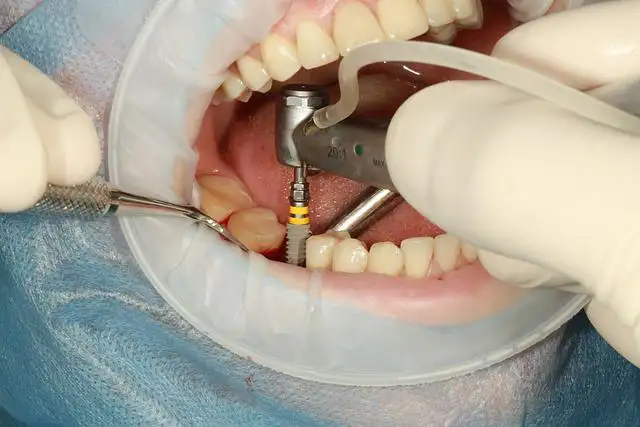1.Consultation and Planning:
The journey to a confident smile with dental implants begins with a comprehensive consultation with your dentist or oral surgeon. During this initial visit, your oral health will be thoroughly evaluated, including an examination of your teeth, gums, and jawbone. Digital X-rays and 3D scans may be taken to provide a detailed picture of your oral anatomy and assess the suitability of your jawbone for implant placement.
Based on the gathered information, your dentist will develop a personalized treatment plan. This plan will determine the number and location of implants needed to replace your missing teeth, as well as the type of implant and restoration procedure that best suits your individual needs. Factors such as the size and quality of your jawbone, the number of missing teeth, and your overall dental health will all be taken into consideration during this crucial planning phase.
2.Preparation and Anesthesia:
Once your treatment plan is finalized, it's time to prepare for the implant placement surgery. On the day of the procedure, you will likely be given local anesthesia to numb the area around the missing tooth site. In some cases, depending on your anxiety level or the complexity of the surgery, sedation may also be used to ensure your comfort and relaxation throughout the process.
3.Implant Placement:
With the area numb and your anxiety subdued, the dentist or oral surgeon will carefully make a small incision in your gum tissue to expose the underlying jawbone. Using specialized drills and instruments, a small hole will be created in the bone to accommodate the dental implant. The size and depth of this hole will be precisely measured and prepared to ensure a secure and stable fit for the implant.
The next step involves inserting the dental implant itself. These implants are typically made of biocompatible titanium, a strong and lightweight metal that readily integrates with human bone tissue. The implant is gently screwed into the prepared hole until it is firmly anchored in the jawbone. Once in place, the gum tissue is stitched closed to promote healing and protect the implant site.
4.Healing and Osseointegration:
Following the implant placement surgery, a crucial period of healing and osseointegration begins. This process, where the jawbone grows around and fuses with the implant, is essential for the long-term success of the treatment. Osseointegration typically takes several months to complete, and during this time, you may be given a temporary crown or bridge to restore function and aesthetics to the missing tooth site.
While you wait for your jawbone to heal and integrate with the implant, it's important to follow your dentist's instructions carefully. This may include maintaining good oral hygiene, avoiding strenuous activities, and taking any prescribed medications. Regular checkups with your dentist will also be necessary to monitor the healing process and ensure that everything is progressing as planned.
5.Abutment Placement and Crown Restoration:
Once osseointegration is complete and your dentist confirms that the implant is firmly anchored in your jawbone, the next stage of the process can begin. This involves reopening the gum tissue

